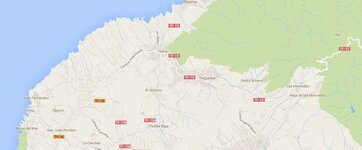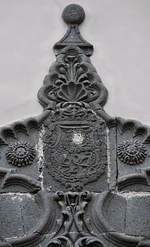Springfield
Silver Member
It certainly is interesting. I tried to look up Mercedes, Spain to see if there is, or was a Jesuit church there, but there is no town of that name that exists in Spain today. Probably has changed to another name.
Las Mercedes. It's a very small village in Spain's Canary Islands.








